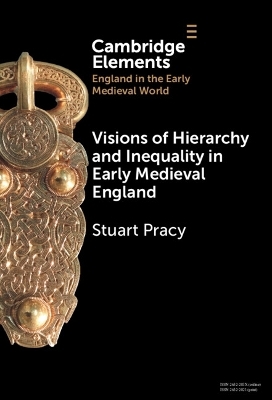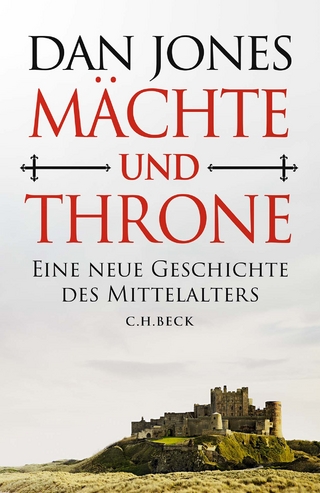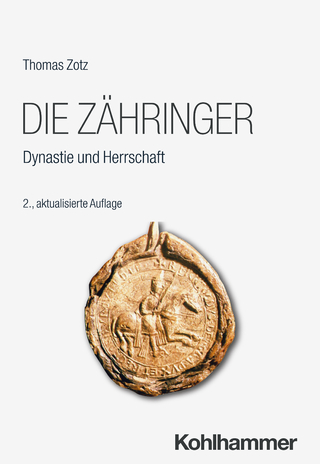
Visions of Hierarchy and Inequality in Early Medieval England
Seiten
2025
Cambridge University Press (Verlag)
978-1-009-49457-1 (ISBN)
Cambridge University Press (Verlag)
978-1-009-49457-1 (ISBN)
- Noch nicht erschienen (ca. Januar 2025)
- Versandkostenfrei innerhalb Deutschlands
- Auch auf Rechnung
- Verfügbarkeit in der Filiale vor Ort prüfen
- Artikel merken
This Element explores the socio-political hierarchy in England during the tenth and eleventh centuries, focusing on the plasticity of the boundary between ceorl and thegn ranks. It analyzes early medieval texts and modern scholarship, highlighting the mechanisms behind their social weight and the blurring of middle social boundaries.
This Element examines the socio-political hierarchy of England in the tenth and eleventh centuries, focusing upon the plasticity of the boundary between the ranks of ceorl and thegn. Offering a nuanced analysis of terms such as thegn and ceorl in both early medieval texts and modern scholarship, the Element highlights the mechanisms that allowed these non-institutional signifiers to hold such social weight while conferring few tangible benefits. To better describe the relative social positions, the author argues that a compound method is preferable, supporting this proposal via a thorough deconstruction of writings by Archbishop Wulfstan II of York − responsible for many of scholars' ideas about rank in the period − and the examination of sources that evidence a blurring of 'middling' social boundaries across the two centuries under discussion. Together, these strands of interrogation allow for a fuller understanding of how status was constructed in early medieval England.
This Element examines the socio-political hierarchy of England in the tenth and eleventh centuries, focusing upon the plasticity of the boundary between the ranks of ceorl and thegn. Offering a nuanced analysis of terms such as thegn and ceorl in both early medieval texts and modern scholarship, the Element highlights the mechanisms that allowed these non-institutional signifiers to hold such social weight while conferring few tangible benefits. To better describe the relative social positions, the author argues that a compound method is preferable, supporting this proposal via a thorough deconstruction of writings by Archbishop Wulfstan II of York − responsible for many of scholars' ideas about rank in the period − and the examination of sources that evidence a blurring of 'middling' social boundaries across the two centuries under discussion. Together, these strands of interrogation allow for a fuller understanding of how status was constructed in early medieval England.
1. Introduction; 2. The challenges of describing hierarchy; 3. Early medieval visions of social hierarchy; 4. The view from the 'local'; 5. Conclusion; Bibliography.
| Erscheint lt. Verlag | 16.1.2025 |
|---|---|
| Reihe/Serie | Elements in England in the Early Medieval World |
| Zusatzinfo | Worked examples or Exercises |
| Verlagsort | Cambridge |
| Sprache | englisch |
| Themenwelt | Geschichte ► Allgemeine Geschichte ► Mittelalter |
| Geisteswissenschaften ► Geschichte ► Regional- / Ländergeschichte | |
| Sozialwissenschaften ► Soziologie ► Makrosoziologie | |
| ISBN-10 | 1-009-49457-0 / 1009494570 |
| ISBN-13 | 978-1-009-49457-1 / 9781009494571 |
| Zustand | Neuware |
| Informationen gemäß Produktsicherheitsverordnung (GPSR) | |
| Haben Sie eine Frage zum Produkt? |
Mehr entdecken
aus dem Bereich
aus dem Bereich
eine neue Geschichte des Mittelalters
Buch | Hardcover (2023)
C.H.Beck (Verlag)
38,00 €


